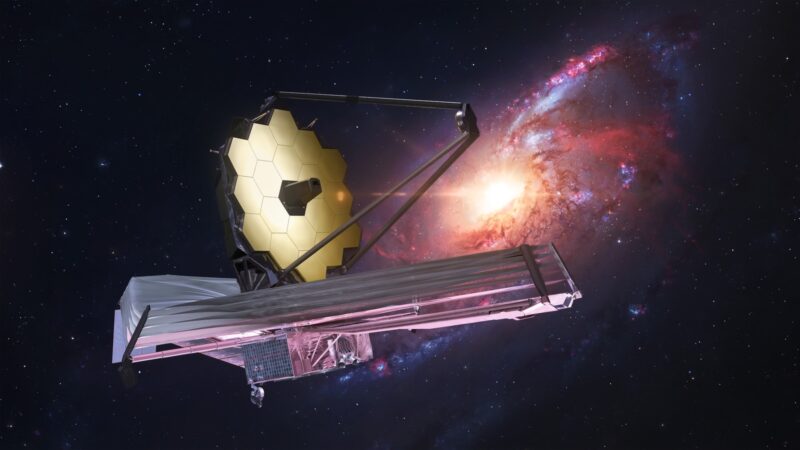Less than a week ago, the internet was burned when NASA released the first amazing image captured by the Nasa James Western Space Telescope. Insert in an orbit in December 2021, James Webb’s space telescope is the largest and most powerful space telescope made by humans. While physically smaller and lighter than the Hubble space telescope, the main mirror in James Webb’s space telescope is six times greater than those used in Hubble.
Combined with a larger mirror and better sensitivity to infrared waves, James Webb’s space telescope can be seen further into space than the previous telescopre. In fact, NASA has confirmed that they are able to see objects that are too fainting even to be detected by Hubble. NASA hopes to use the James Webb space telescope to conduct a variety of cosmic investigations ranging from detecting planets that have the potential to be livable to observe the birth of the first galaxy and stars of the universe.
Given that most of the images available to the public are captured by the James Webb Telescope belonging to a distant galaxy, many people are surprised when NASA has only released a series of new images that display objects that are far closer to earth. The latest pictures, especially, talk about Jupiter, the biggest planet in our solar system, and several months.
Not your average space telescope!
The latest picture set sent by James Webb’s space telescope to earth shows detailed shots of the Jupiter big clouds who dominate the upper atmosphere. In some pictures, it is possible to see some of the physical attributes of this planet – including large red spots and a faint ring system that encircles this planet.
Other things seen in the picture include several months of Jupiter, including Europa, Thebe, and Metis. For those who are not aware, Europa is the Month of Jupiter, which is a potential target for human exploration in the future. Previous studies have also determined that this month has a large ocean hidden under its thick ice shell.
Although these pictures may not look spectacular as we saw at first, NASA scientists were very happy. Stefanie Milam, who is a planet scientist in Nasa’s Goddard Space Flight Center, said he was amazed at the brightness and clarity of the image captured by the James Webb space telescope. Milam was very impressed with the fact that the telescope captured Jupiter’s faint ring in his first attempt.
In addition to observing large selessed objects such as Jupiter and its months, the telescope also underwent a trial to see how good it was when dealing with fast moving objects. According to Milam, the telescope passed this test with an extraordinary score. Meanwhile, Bryan Holler, a scientist at the Space Telescope Science Institute in Baltimore, believes that all the images released by NASA exhibited the scope of utilization from the James Webb space telescope.

